The Nettle Patch destruction
In August 2023, the Council allowed work to take place that destroyed the Nettle Patch, killing many Butterflies at peak breeding season. In August 2024 and subsequently the field has been notably devoid of Moths and Butterflies compared with previous years. The work was finally deemed unnecessary when it became clear that the planned temporary roadway ( at the heart of the near-fatal accident was not required
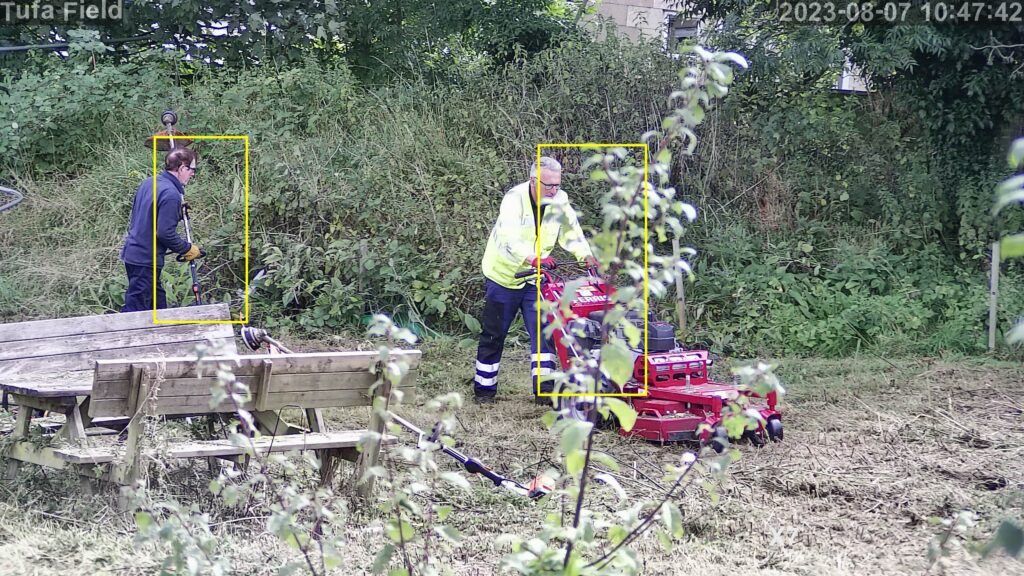
The following was written before this destruction.
The Nettle Patch
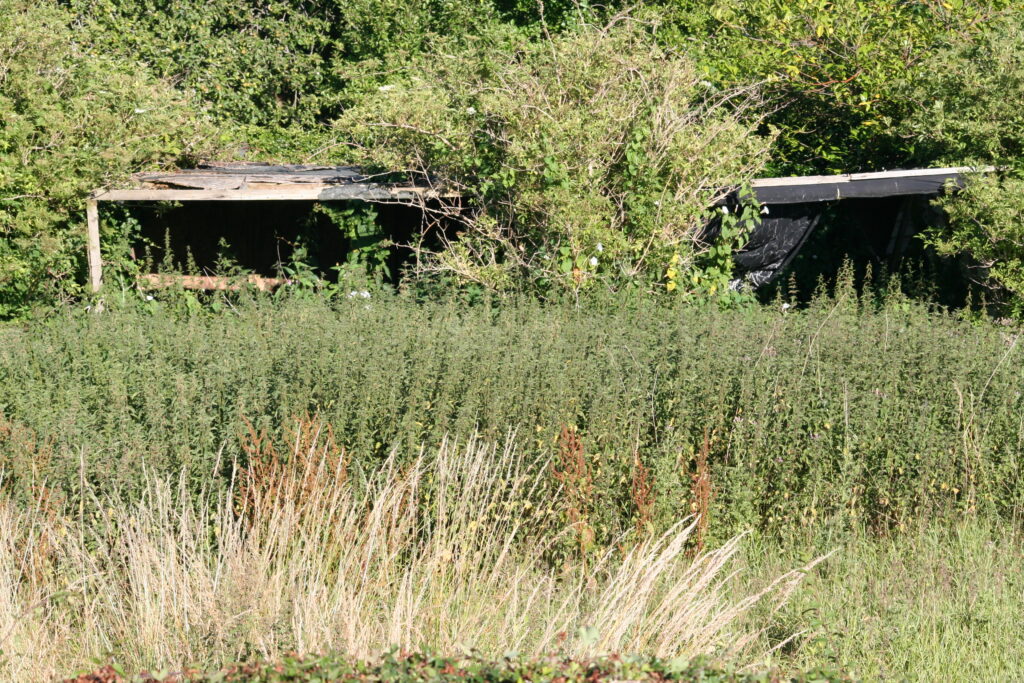
One of the consequences of allowing the field to develop without interference has been the establishment of the Nettle Patch. This is just to the right of the entrance to the Tufa Field, encompassing an area of about 50 square metres.
This patch should be renamed the Butterfly Patch for this is it’s real value. Stinging nettles (Urtica dioica), always a problem to people, are a vital plant to some butterflies and moths. For some, nettles are their only source of food and breeding grounds. This includes some of our most striking and increasingly threatened species.
Red Admiral, Peacock and Comma butterfly caterpillars feed exclusively on nettles, as do the larvae of Small Magpie, Burnished Brass, Mother-of-Pearl and the curious looking Spectacle moths, active at night.
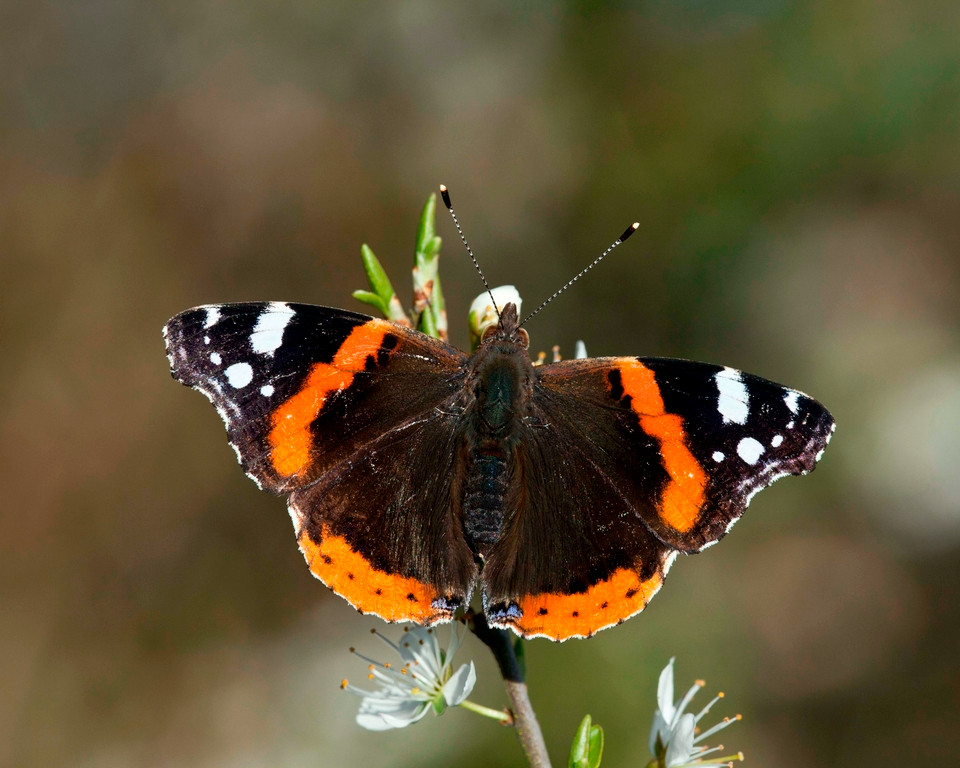
nettle
These flying insects along with many others sustained by the nettles and umbelliferous plants such as cow parsley, are themselves part of a food chain that includes our pipistrelle and horseshoe bats. The population of these has been steadily dwindling. More disturbance will likely see them disappearing completely .
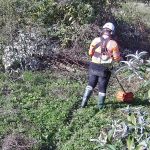
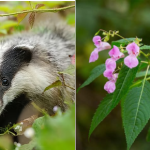
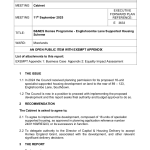
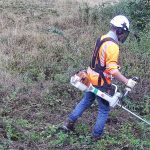
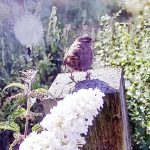
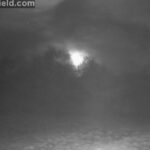








 Total views : 100147
Total views : 100147
